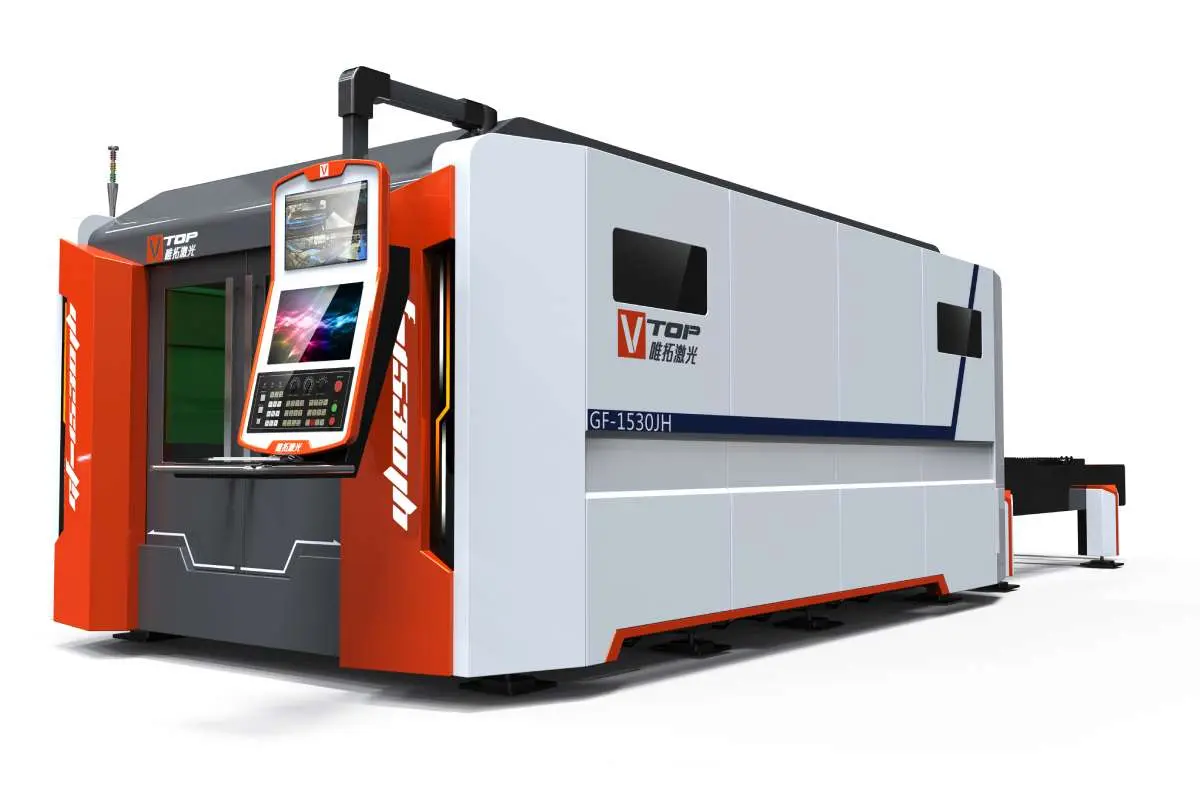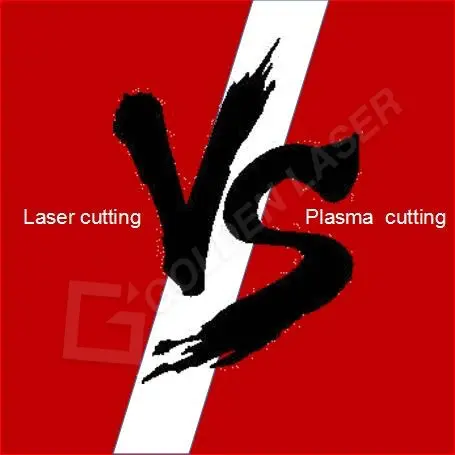
Understanding Fiber Optic Laser Cutting: Revolutionizing Precision Manufacturing for Various Industries
Fiber optic laser cutting technology has emerged as a transformative solution in the manufacturing sector, enabling precision processing of materials with unmatched efficiency. This state-of-the-art technique utilizes advanced fibers to deliver laser energy, achieving unparalleled accuracy and speed in cutting processes. As industries continuously seek innovative methods to enhance productivity and improve quality, fiber optic laser cutting distinguishes itself as a preferred choice for manufacturers across the globe.
At the core of fiber optic laser cutting is the fiber laser, which generates a high-powered beam of light through the process of stimulated emission of radiation. Unlike traditional CO2 lasers, fiber lasers use optical fibers doped with rare-earth elements, such as ytterbium, neodymium, or erbium. This composition allows for greater energy conversion efficiency, meaning that more of the input electrical energy is transformed into laser power. As a result, fiber lasers can operate at high speeds while consuming less energy, making them both cost-effective and environmentally friendly.
One of the standout features of fiber optic laser cutting is its incredible precision. The technology produces fine, clean cuts without the need for extensive post-processing. This precision is crucial in industries such as automotive, aerospace, and electronics, where tight tolerances are necessary. Fiber lasers can cut complex shapes and intricate designs with minimal kerf width, ensuring that the quality of the final product is not compromised.
Another significant advantage of fiber optic laser cutting is its adaptability to a wide range of materials. This technology can cut through metals, composites, plastics, and ceramics, making it ideal for various applications. For instance, manufacturers in the automotive industry rely on fiber laser cutting for parts made from stainless steel, aluminum, and high-strength alloys. In the aerospace sector, the ability to work with lightweight composite materials efficiently can lead to considerable reductions in weight and fuel consumption in aircraft designs. Additionally, electronics manufacturers utilize this technology for precise cutting of circuit boards and other delicate components, ensuring high-quality production standards.
The remarkable speed of fiber optic laser cutting also enhances productivity on the manufacturing floor. With rapid cutting speeds, manufacturers can significantly reduce production times and increase throughputs. This advantage is particularly beneficial for high-volume production environments where time is of the essence. As orders become larger and more complex, the ability to complete jobs quickly and efficiently leads to lower operational costs and higher profit margins.

Understanding Fiber Optic Laser Cutting: Revolutionizing Precision Manufacturing for Various Industries
Furthermore, one of the key trends shaping the future of fiber optic laser cutting is the growing emphasis on automation and smart manufacturing. Integration of artificial intelligence (AI) and machine learning technologies allows for real-time monitoring and adjustment of the cutting process. These advancements enable manufacturers to maintain optimal performance, reduce waste, and enhance safety measures within their operations. As factories increasingly become smart factories, the role of advanced fiber optic laser cutting technology will only expand.
While the initial investment in fiber optic laser cutting systems may be significant, the long-term benefits far outweigh the costs. The reduction in operating expenses due to lower energy consumption and maintenance requirements, coupled with the potential for faster turnaround times, makes this a wise investment for businesses seeking to stay competitive in a rapidly changing industrial landscape.

Understanding Fiber Optic Laser Cutting: Revolutionizing Precision Manufacturing for Various Industries
In summary, fiber optic laser cutting represents a paradigm shift in manufacturing efficiency and precision. As companies across various sectors continue to adopt this cutting-edge technology, they position themselves to meet the demands of modern production challenges head-on. Whether it’s enhancing the accuracy of components in aerospace, speeding up production in automotive manufacturing, or ensuring quality in electronics, fiber optic laser cutting is set to redefine the standards of excellence across industries. As advancements continue and the technology matures, it is clear that fiber optic laser cutting will play an essential role in shaping the future of manufacturing. 1kw Kitchen Cabinet Cutting Machine
